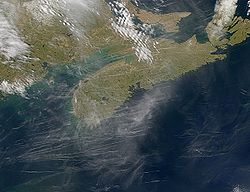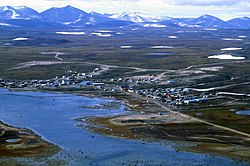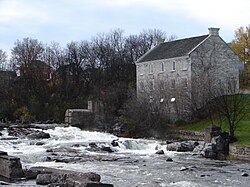This is a list of placenames in Scotland that have been applied to parts of Canada by Scottish emigrants or explorers.
Contents
- Alberta
- British Columbia
- Manitoba
- New Brunswick
- Newfoundland and Labrador
- Northwest Territories
- Nova Scotia
- Nunavut
- Ontario
- Prince Edward Island
- Quebec
- Saskatchewan
- Yukon
- See also
- References
For Nova Scotian names in Scottish Gaelic (not necessarily the same as the English versions) see Canadian communities with Scottish Gaelic speakers and Scottish Gaelic placenames in Canada
Note that, unless otherwise stated, province names are not Scottish.



















